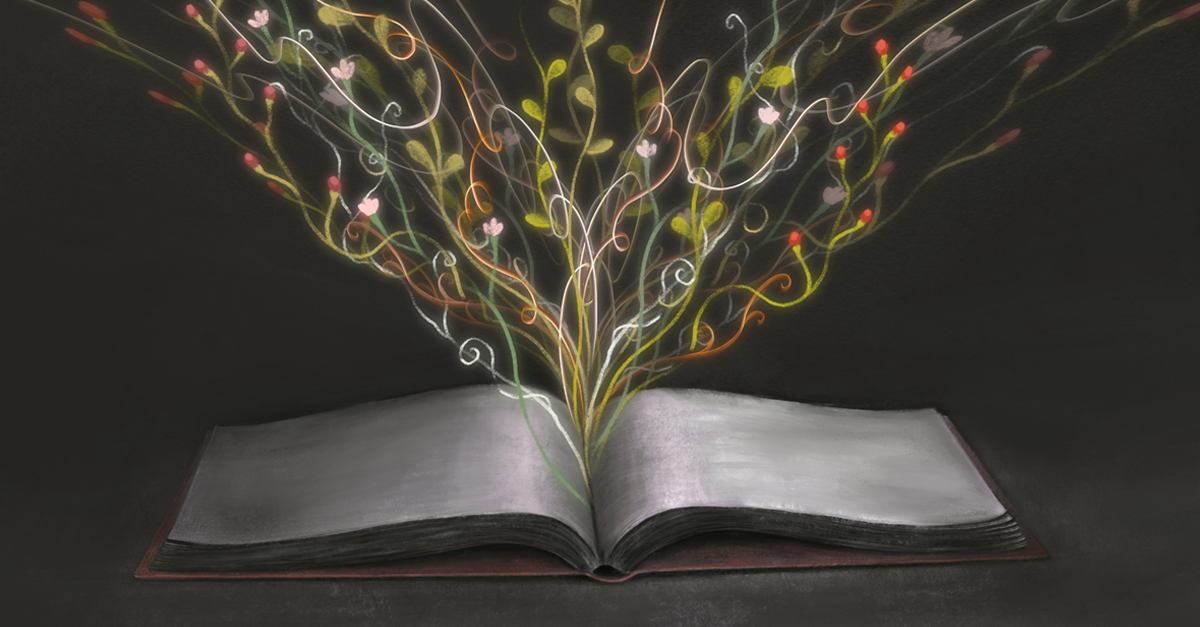The 5 Stages of Storytelling That Help Students Write Exciting Narratives

Let’s compare reading a story with climbing a mountain.
Start by getting familiar with your setting. Next, begin the long, steady climb, with all its zigs, zags, and pitfalls. The most exciting moment comes as you finally arrive at the apex—and then you descend rapidly down the other side. Your journey ends with satisfaction when you reach the bottom.
How can a writer take readers on such an adventure? Follow a traditional format for storytelling through these five stages.
5 Stages of Storytelling
1) Context
Jump into the first of the storytelling stages with a bit of background for your tale. Here’s where you establish the setting, introduce the protagonist, and lay out some key details to provide context for the story.
2) Conflict
Conflict is crucial in a good story. The narrative begins to take shape when you introduce a conflict or obstacle. In storytelling, this is known as rising action, and there are several ways a writer can do this:
- Character against self is an internal conflict that arises when the character struggles against their conscience. The character may be wrestling with a decision, dealing with a bad habit, or fighting a temptation, for example.
- Character against character is an external conflict between two characters. This conflict can be physical, such as a gunfight in the Old West, or it can be emotional, such as a false accusation by a trusted friend.
- Character against forces greater than self is an external conflict in which the character struggles with forces beyond their control. Examples include roaring rapids, a hurricane, a cholera epidemic, or an encounter with a fire-breathing dragon.
3) Climax
If a story were a mountain, the climax would be the peak. This is the turning point of the story. The action is the most exciting or intense, and the characters face the conflict and start to solve it. At the story’s climax:
- The meteor strikes the earth;
- The knight slays the dragon and rescues the princess; or
- The big battle scene occurs.
4) Closure
Once the climax has been reached and the problem resolved, it’s time for the characters to tie up loose ends and bring closure where needed. Known as falling action, examples can include:
- Rounding up the cattle after the big stampede;
- Reuniting a man with his long-lost brother; or
- Getting the injured child into the raft and riding the rapids to safety.
5) Conclusion
The wrap-up of a story is known as the dénouement (day-noo-mon‘). By this part of the story, everything has been resolved and the reader has closure. We see how the characters have changed over time or how life returns to normal. For example:
- The bully learns the errors of his ways;
- The family rebuilds their home after a devastating fire; or
- Wedding bells ring for a couple who have overcome many obstacles and found true love.
These are the five typical stages of storytelling. Clearly, there’s much more to writing a story, including character and plot development. Your first step, though, is understanding what lies ahead.
Are you ready to face the mountain?
Related Blog Post
Parental Engagement and Writing
We Are Here to Help
If you have questions about teaching writing, we are here to help!
Get in Touch